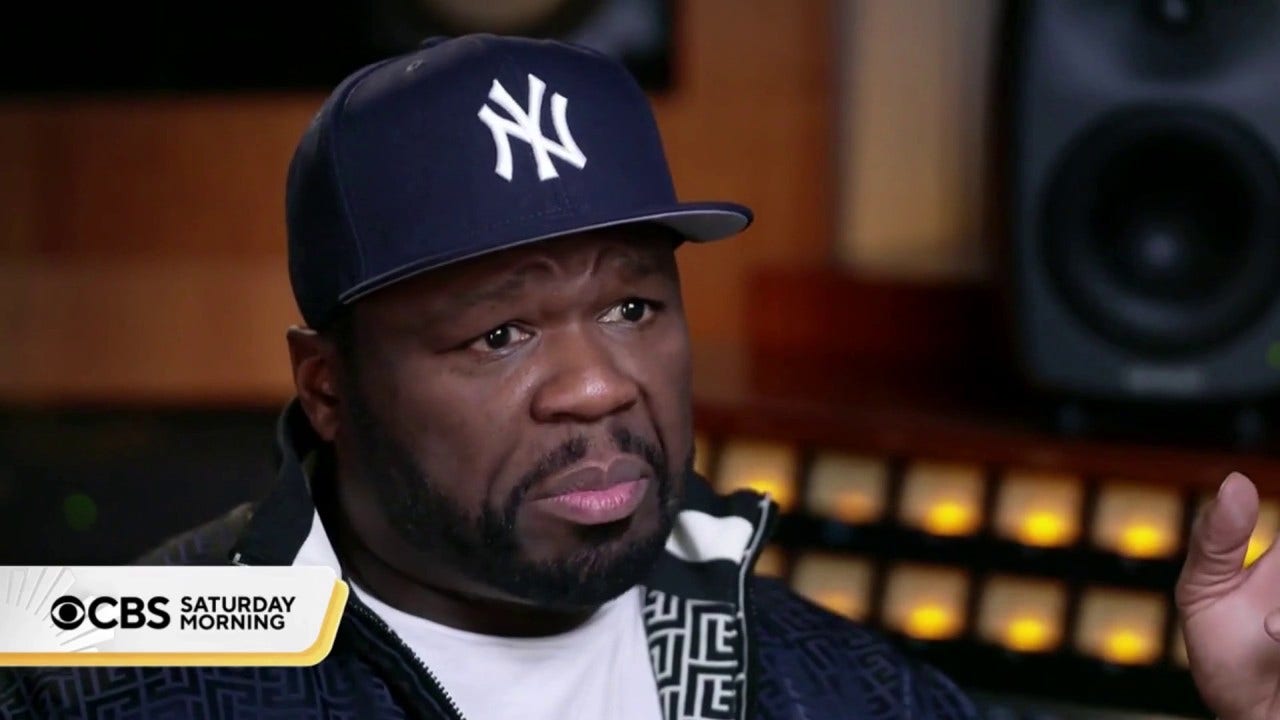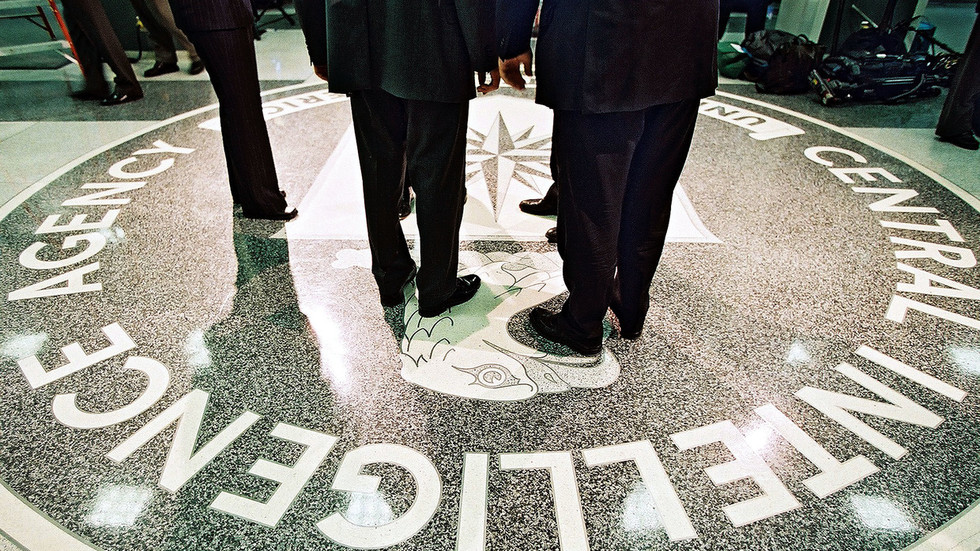The full guarantee of depositors’ money is covered by the FDIC’s Deposit Insurance Fund, a pool supported by fees that the agency routinely charges financial institutions. The FDIC requires banks to contribute funding to the Deposit Insurance Fund that can be used to compensate depositors up to its $250,000 limit.
However, if regulators deem a failed bank “systemically important” — which they did with regard to SVB and Signature over the past week — its depositors can be paid out for balances exceeding that cap. The insurance cap has been raised multiple times in the program’s history, most recently during the 2008 financial crisis.
Yellen was asked to clarify on Thursday whether the government would backstop all bank customers whose funds exceed the FDIC’s $250,000 limit, after it did so for SVB and Signature.
Her answer: A bank “only gets that treatment” if regulators determine it meets certain criteria indicating potentially systemic risk from a collapse. As a result, she cautioned, depositors at other banks may not be guaranteed such robust protections, and the FDIC’s standard $250,000 cap continues to apply.
Because the Deposit Insurance Fund isn’t supported by taxpayer money, the Biden administration has argued that the backstop move doesn’t constitute a bailout.
The systemic risk exception has been invoked before. In 2008, the federal government used it to address the mortgage crisis, which imperiled several large U.S. banks.
As Isaac Boltansky, an analyst with the financial services firm BTIG, put it in a recent note to clients, triggering the systemic risk exception “appears to be the clear ‘break in case of emergency’ for policymakers.”
Brian Cheung is a business and data reporter for NBC News.
.png)
 1 year ago
5
1 year ago
5









 English (US) ·
English (US) ·